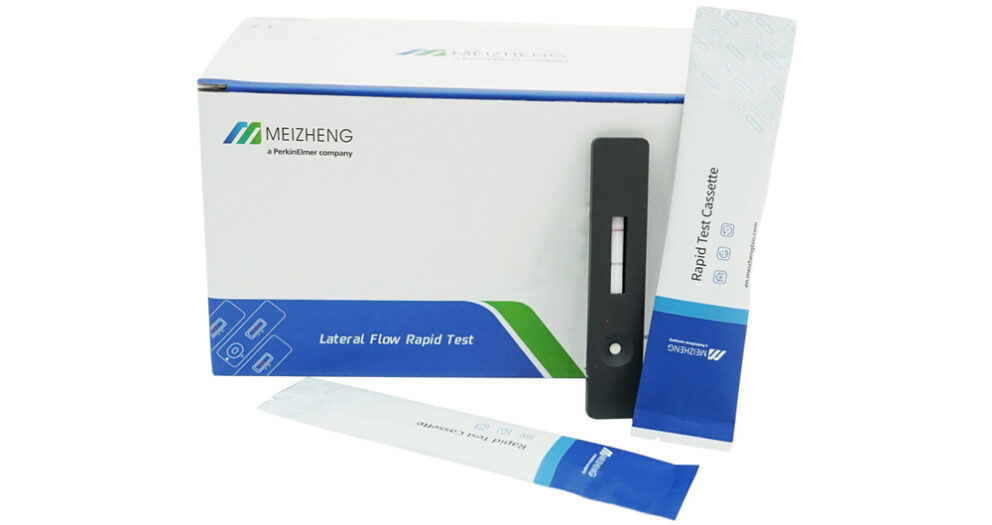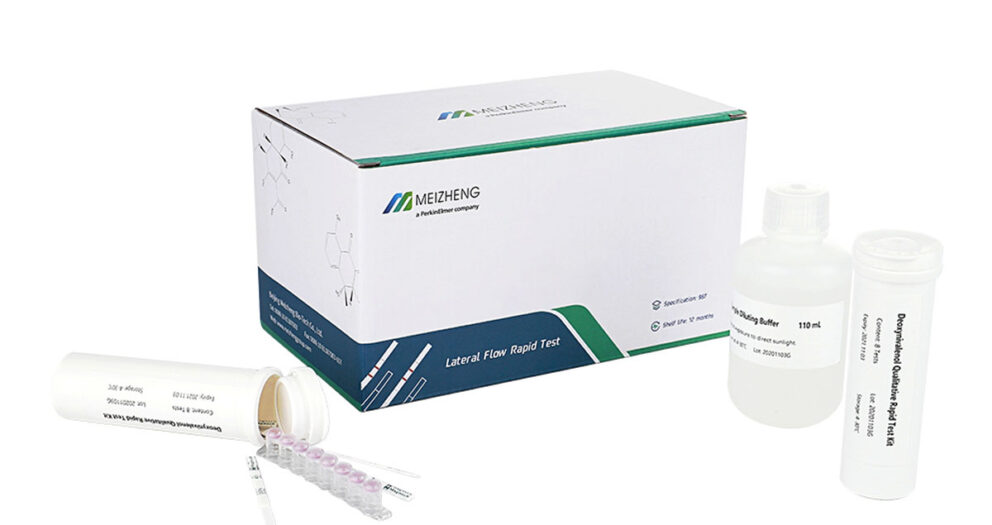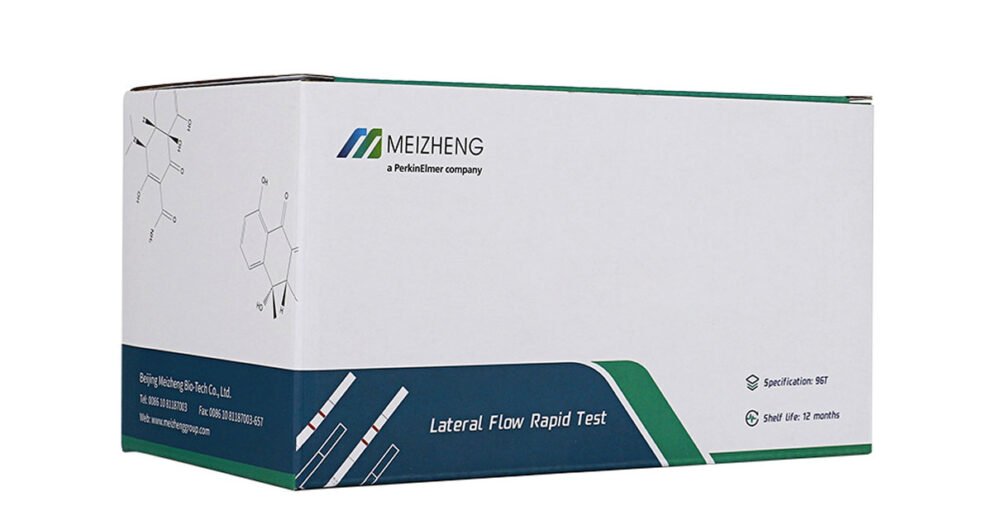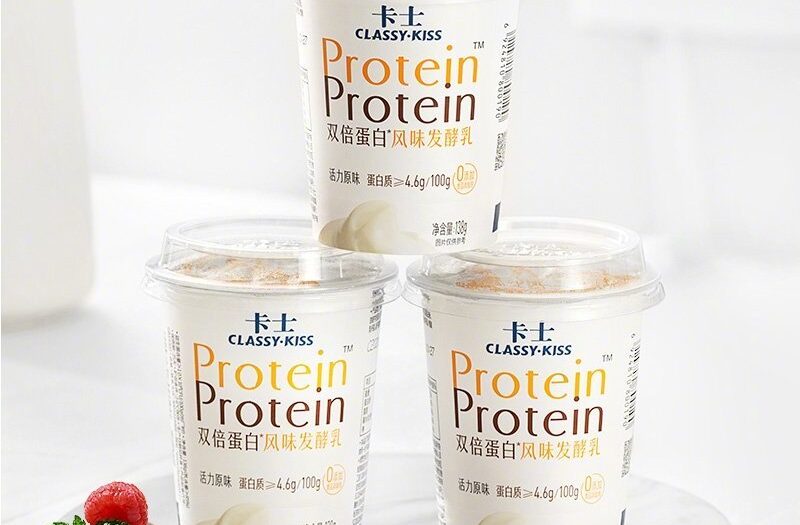What is a clean workshop?
A clean workshop is also called a clean room. It refers to the removal of particulates, harmful air, bacteria and other pollutants in the air within a certain space, and the indoor temperature, cleanliness, indoor pressure, the air velocity and air distribution, noise and vibration, lighting, and static electricity are controlled within a certain demand range, and a specially designed room is given. That is to say, no matter how the external air conditions change, the interior can maintain the characteristics of cleanliness, temperature, humidity and pressure that were originally set.
What is a class 100,000 clean workshop?
To put it simply, the number of particles with a diameter of ≥0.5 μm per cubic meter of air in the workshop is not more than 3.52 million. The fewer the number of particles in the air, the less the number of dust and microorganisms, and the cleaner the air. The 100,000-level clean workshop also requires the workshop to have 15-19 air changes per hour, and the air purification time after complete ventilation should not exceed 40 minutes.
Partition of clean workshop of food factory
The clean workshop of a general food factory can be roughly divided into three areas: general operation area, quasi-cleaning area, and cleaning operation area.
1. General operation area (non-clean area): general raw material, finished product, tool storage area, packaging and finished product transfer area and other areas with low risk of exposure of raw materials and finished products, such as outer packaging room, raw and auxiliary material warehouse, packaging material warehouse, external Packaging workshop, finished product warehouse, etc.
2. Quasi-clean area: The second requirement is the area where finished products are processed but not directly exposed, such as raw material processing, packaging material processing, packaging, buffer room (unpacking room), general production and processing room, inner packaging room for non-ready food.
3. Clean operation area: refers to the highest sanitary environment requirements, high personnel and environmental requirements, and must be disinfected and changed before entering, such as: raw materials and finished products exposed processing areas, food cold processing rooms, ready-to-eat food cooling rooms, Storage room for ready-to-eat food to be packaged, inner packaging room for ready-to-eat food, etc.
Food factories with clean workshops should avoid pollution sources, cross-contamination, mixing and errors to the greatest extent possible during site selection, design, layout, construction and renovation.
The factory environment is clean, and the flow of people and logistics is reasonable.
Appropriate access control measures should be in place to prevent entry by unauthorized persons.
Preservation of as-built data for construction and construction
Buildings with serious air pollution during the production process should be built on the downwind side of the factory with the most wind direction all year round.
When the production processes that affect each other are not suitable to be located in the same building, there should be effective partition measures between the respective production areas. Production of fermented products should have a dedicated fermentation workshop.
Requirements for clean production areas
Processes that have sterility requirements but cannot implement final sterilization and processes that can achieve final sterilization, but aseptic operations after sterilization should be carried out in a clean production area.
Clean production areas with requirements for a good hygienic production environment should include storage and processing places for perishable food, ready-to-eat semi-finished products or finished products before final cooling or packaging, pre-processing of raw materials that cannot be terminally sterilized, product sealing and molding places, The exposure environment after the final sterilization of the product, the preparation area of the inner packaging material and the inner packaging room, as well as the processing place and inspection room for the production of food, improving the characteristics or preservation of the food, etc.
The clean production area should be reasonably arranged according to the production process and the corresponding clean room grade requirements. Line layout should not create round trips and discontinuities.
The different interconnected workshops in the production area should meet the needs of varieties and processes. If necessary, there should be measures such as buffer rooms to prevent cross-contamination. The area of the buffer room should not be less than 3 square meters.
The pretreatment of raw materials shall not use the same clean area as the production of finished products.
In the production workshop, an area and space suitable for the production scale shall be designated as a temporary storage area for materials, intermediate products, products to be inspected and finished products, and cross-over, confusion and pollution shall be strictly prevented.
The inspection room should be set up independently, and proper treatment measures should be taken for its exhaust and drainage. If there is a clean air requirement for the product inspection process, a clean workbench should be set up.
Then how to guarantee the safety to food rapidly?
Meizheng supplies lateral flow rapid test strips, ELISA test kits, immunoaffinity columns, count plates in dairy, honey, grains and feed, meat, seafood, egg and so on.







